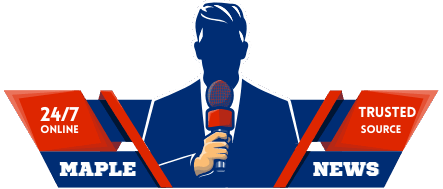Maple News reports that understanding how to file your taxes is one of the crucial steps to take when settling in Canada. For newcomers, filing a personal income tax return with the Canada Revenue Agency (CRA) is not only a legal obligation in many cases—it can also open the door to significant financial benefits.
A tax return is a document used to declare your income, deductions, and tax credits. Whether you lived in Canada for the full year or only part of it, you may need to file if you earned any employment, self-employment, or investment income. Even if you didn’t earn much, filing can make you eligible to receive government benefits such as the Canada Child Benefit and the GST/HST credit.
The standard deadline to file your tax return is April 30. However, if you or your spouse is self-employed, you have until June 15 to file—though any taxes owed are still due by April 30. Missing the deadline may lead to penalties or interest charges, particularly if you owe money to the CRA.
There are multiple ways to file your return: online using certified tax software, via paper forms sent by mail, or through a professional accountant or tax-filing service. If you’re filing on paper and need a tax package, you can request one from the CRA directly.
Before filing, gather essential documents such as your Social Insurance Number (SIN), proof of marital status, and income slips (e.g., T4 for employment income, T3 for trust income, or T5 for investment income). Documentation for deductions like tuition, charitable donations, and medical expenses is also important for maximizing your return.
Deductions and credits can significantly reduce the amount of tax you owe. You may qualify for deductions related to childcare or moving expenses, or credits like the home buyers’ tax credit or the disability tax credit. Those who operate a business or are self-employed can claim related expenses, such as office supplies or professional services.
Once you submit your return and if you are eligible for a refund, consider setting up direct deposit with the CRA for faster payment. It’s also worth planning how to use any refund, whether by saving, investing, or making a big purchase.
Newcomers are encouraged to familiarize themselves with guidelines and resources provided by the CRA to ensure a smooth and accurate tax filing experience. When in doubt, consulting a qualified Canadian tax professional can be a smart move.
Filing taxes in Canada may seem complex at first, but with the right information and preparation, it becomes a manageable—and often rewarding—annual task.
